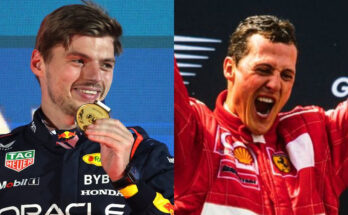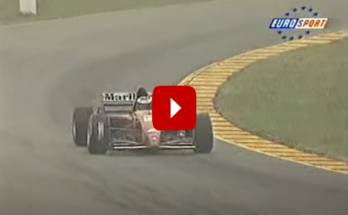McLaren has announced plans to revise its controversial flexing rear wing on the MCL38 following discussions with the FIA. This decision comes in light of recent scrutiny after videos from the Azerbaijan Grand Prix showcased the wing’s movement, sparking widespread conversation and concern.
The ‘Mini-DRS’ Controversy
During the Azerbaijan Grand Prix, the flexibility of the MCL38’s rear wing, often referred to as a ‘mini-DRS,’ drew significant attention. The FIA had been in talks with McLaren regarding the wing’s design for some time, but these discussions intensified after the footage went viral on social media.
Implications of Wing Flexibility
The flexibility observed in the rear wing can provide aerodynamic advantages, particularly in terms of speed and reduced drag. However, such designs can raise concerns regarding safety and compliance with FIA regulations. The governing body’s engagement highlights the importance of maintaining technical standards within Formula 1.
Upcoming Revisions to the MCL38
In response to the FIA’s feedback, McLaren is set to make necessary adjustments to the low-drag rear wing, which is specifically used at tracks like Spa, Monza, and Baku. Notably, these changes will not affect the upcoming Singapore Grand Prix, as this wing will not be utilized again until the Las Vegas race.
Expected Changes
- Structural Adjustments: McLaren will reinforce the rear wing to eliminate excessive flex.
- Aerodynamic Optimization: The team will seek alternative aerodynamic solutions that comply with FIA regulations.
- Collaboration with FIA: McLaren has urged the FIA to communicate with other teams regarding their wing designs to ensure uniform compliance across the grid.
Looking Ahead: Competitive Edge
As McLaren implements these changes, the team aims to retain its competitive edge in the championship. The ability to adapt quickly is essential in the fast-paced world of Formula 1, and these revisions will play a crucial role in the MCL38’s performance in future races.
Conclusion
McLaren’s commitment to revising its rear wing design underscores the ongoing dialogue between teams and the FIA about compliance and safety in Formula 1. Fans and analysts alike will be keenly observing how these changes impact the MCL38’s performance as the season progresses.



